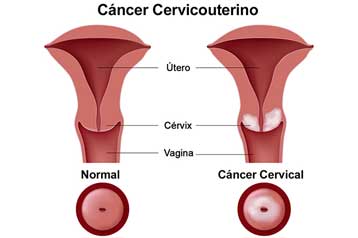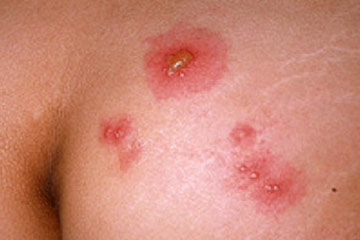A (H7N9) Virus Interim Recommendations for Clinicians
Case Investigation and Testing
- Patients with illness compatible with influenza who also meet either of the exposure criteria below should be candidates for RT-PCR testing for influenza. Decisions about diagnostic testing for influenza using RT-PCR should be made using available clinical and epidemiologic information, and additional persons in whom clinicians suspect influenza A (H7N9) virus infection may also be tested.
- Patients with recent travel to countries where human cases of novel influenza A (H7N9) virus infection have recently been detected, especially if there was recent direct or close contact with animals (such as wild birds, poultry, or pigs) or where influenza A (H7N9) viruses are known to be circulating in animals. Currently, China is the only country that has recently reported novel influenza A (H7N9) human cases.
- Patients who have had recent contact with confirmed human cases of infection with novel influenza A (H7N9) virus.
- Clinicians should obtain a nasopharyngeal swab or aspirate from these patients, place the swab or aspirate in viral transport medium, and contact their state or local health department to arrange transport and request a timely diagnosis at a state public health laboratory or CDC. For additional guidance on diagnostic testing of patients under investigation for novel influenza A (H7N9) virus infection, please see Interim Guidance for Laboratory Testing of Persons with Suspected Infection with Highly Pathogenic Avian Influenza A (H5N1) Virus in the United States athttp://www.cdc.gov/flu/avianflu/guidance-labtesting.htm.
- If infection with influenza A (H7N9) virus is suspected based on current clinical and epidemiological screening criteria recommended by public health authorities, specimens should be collected with appropriate infection control precautions for novel virulent influenza viruses and sent to the state or local health department for testing. Viral culture should not be attempted in these cases.
- All unsubtypeable influenza A virus specimens should be submitted to CDC immediately for additional diagnostic testing. At this time, confirmatory testing for avian influenza A (H7N9) will be conducted at CDC.
- Commercially available rapid influenza diagnostic tests (RIDTs) may not detect avian or variant influenza A viruses in respiratory specimens. Therefore, a negative rapid influenza diagnostic test result does not exclude infection with influenza viruses. In addition, a positive test result for influenza A cannot confirm variant or avian influenza virus infection because these tests cannot distinguish between influenza A virus subtypes (they do not differentiate between human influenza A viruses and avian or variant viruses). Therefore, when RIDTs are positive for influenza A and there is concern for novel influenza A virus infection, respiratory specimens should be collected and sent for RT-PCR testing at a state public health laboratory. Clinical treatment decisions should not be made on the basis of a negative rapid influenza diagnostic test result since the test has only moderate sensitivity.
Infection Control
- Clinicians should be aware of appropriate infection control guidelines for patients under investigation for infection with novel influenza A viruses. Because it has been shown to cause severe respiratory illness in cases identified so far, healthcare personnel (HCP) caring for patients under investigation for novel influenza A (H7N9) virus infection should adhere to Standard Precautions plus Droplet, Contact, and Airborne Precautions, including eye protection, until more is known about the transmission characteristics of the A (H7N9) virus.
- All clusters of respiratory illness in HCP caring for patients with severe acute respiratory illness should be investigated.
Treatment
- For persons hospitalized with suspected influenza, including suspected novel H7N9 virus infection, clinicians should start empiric treatment with influenza antiviral medications (oral oseltamivir or inhaled zanamivir) as soon as possible, without waiting for laboratory confirmation.
- For high-risk persons (persons <5 years of age, ≥65 years of age, and those with certain underlying medical conditions) with suspected influenza of any severity , including suspected novel H7N9 virus infection, clinicians should start empiric treatment with influenza antiviral medications (oral oseltamivir or inhaled zanamivir) as soon as possible, without waiting for laboratory confirmation.
- Antiviral treatment is most effective when started as soon as possible after influenza illness onset. Early initiation of treatment provides a more optimal clinical response, although treatment of moderate, severe, or progressive disease begun after 48 hours of symptoms may still provide benefit.
Source
Human Infections with Novel Influenza A (H7N9) Viruses
The Centers for Disease Control and Prevention (CDC)
Related Items
-
Human infection with influenza A(H7N9) virus in China - update
-
Human infection with influenza A(H7N9) virus, China
-
Nuevo virus de influenza A(H7N9) en China
-
Guía provisional de definiciones de casos para ser usada en investigaciones de casos
sobre la nueva influenza tipo A (H7N9) en los Estados Unidos -
A (H7N9) Virus Interim Recommendations for Clinicians
-
Equipo de Protección Individual contra la Gripe Aviar






